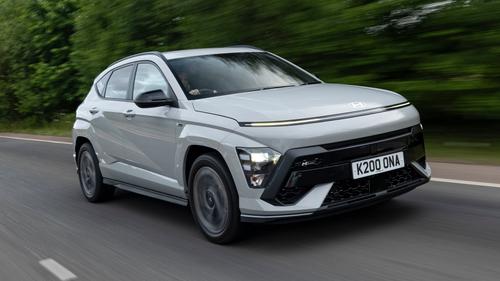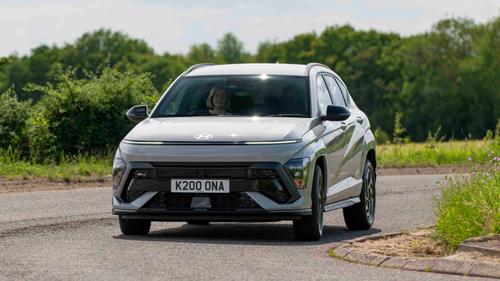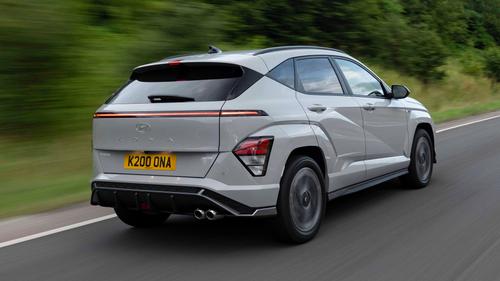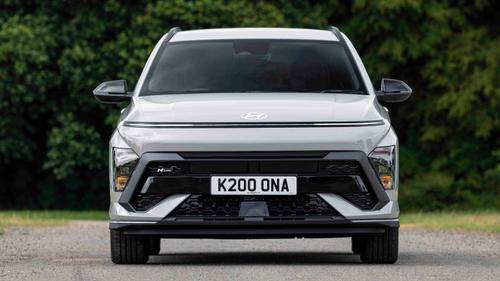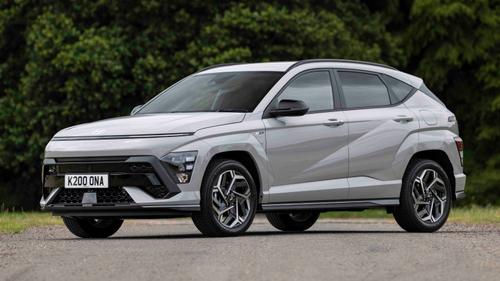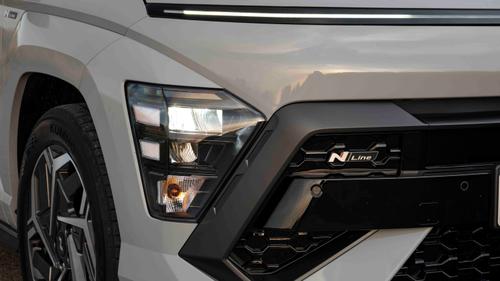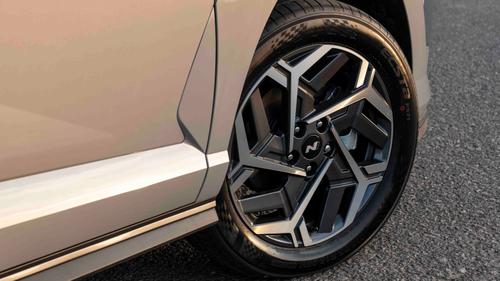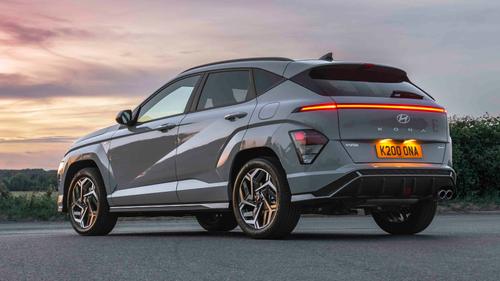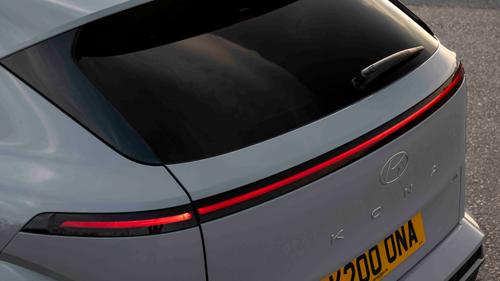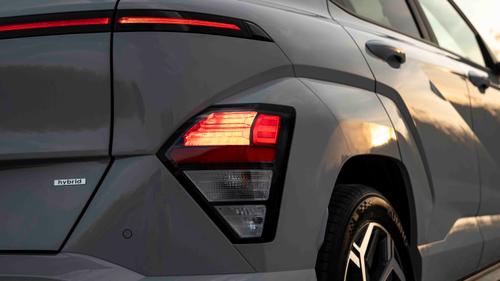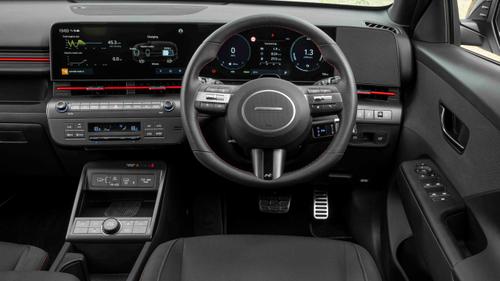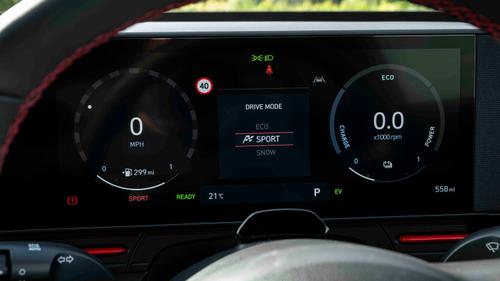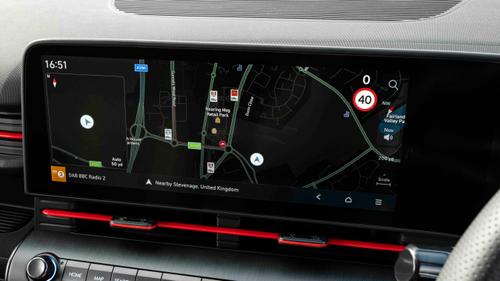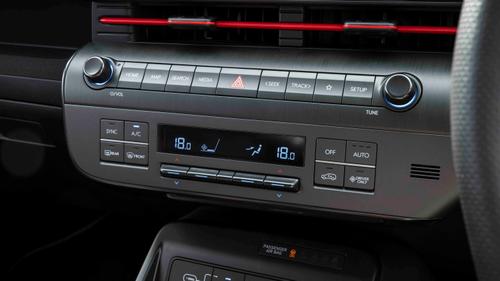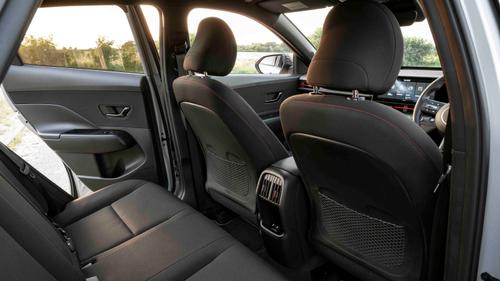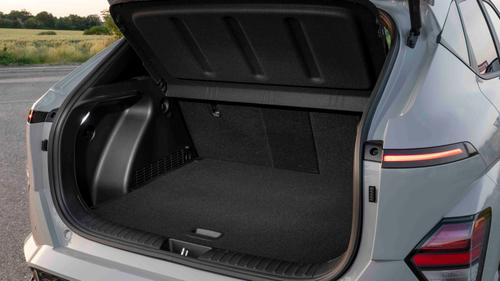

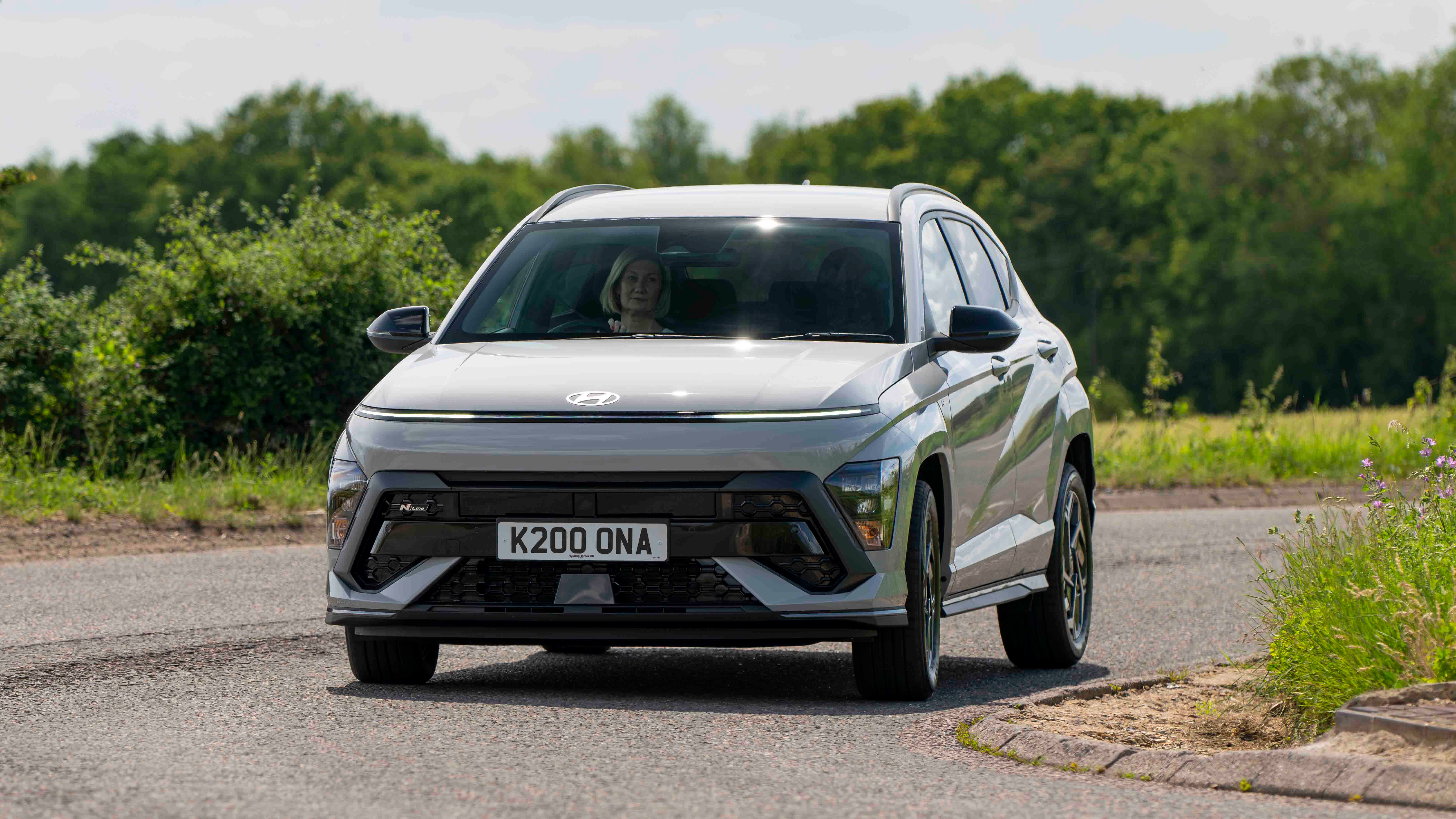

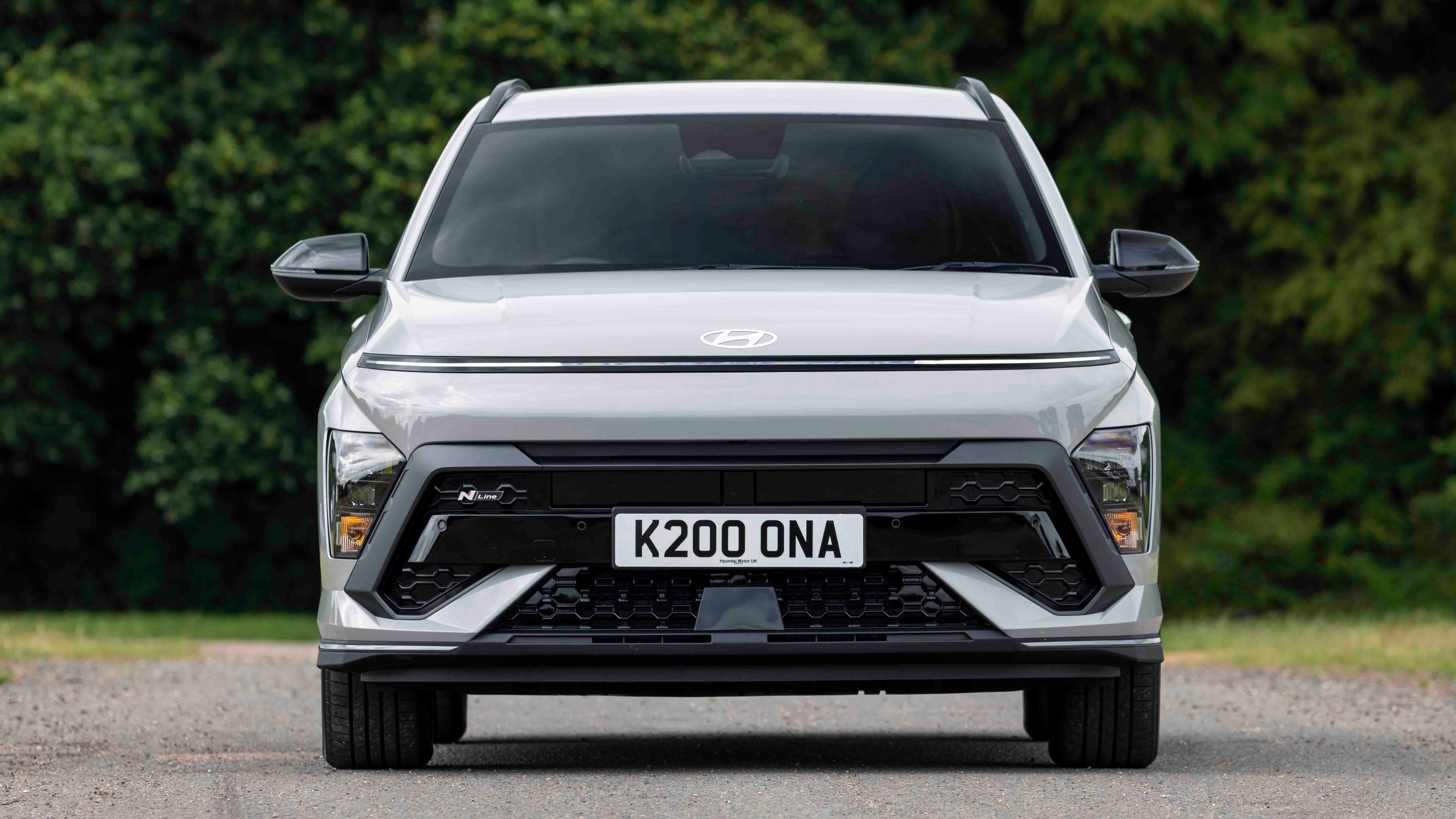
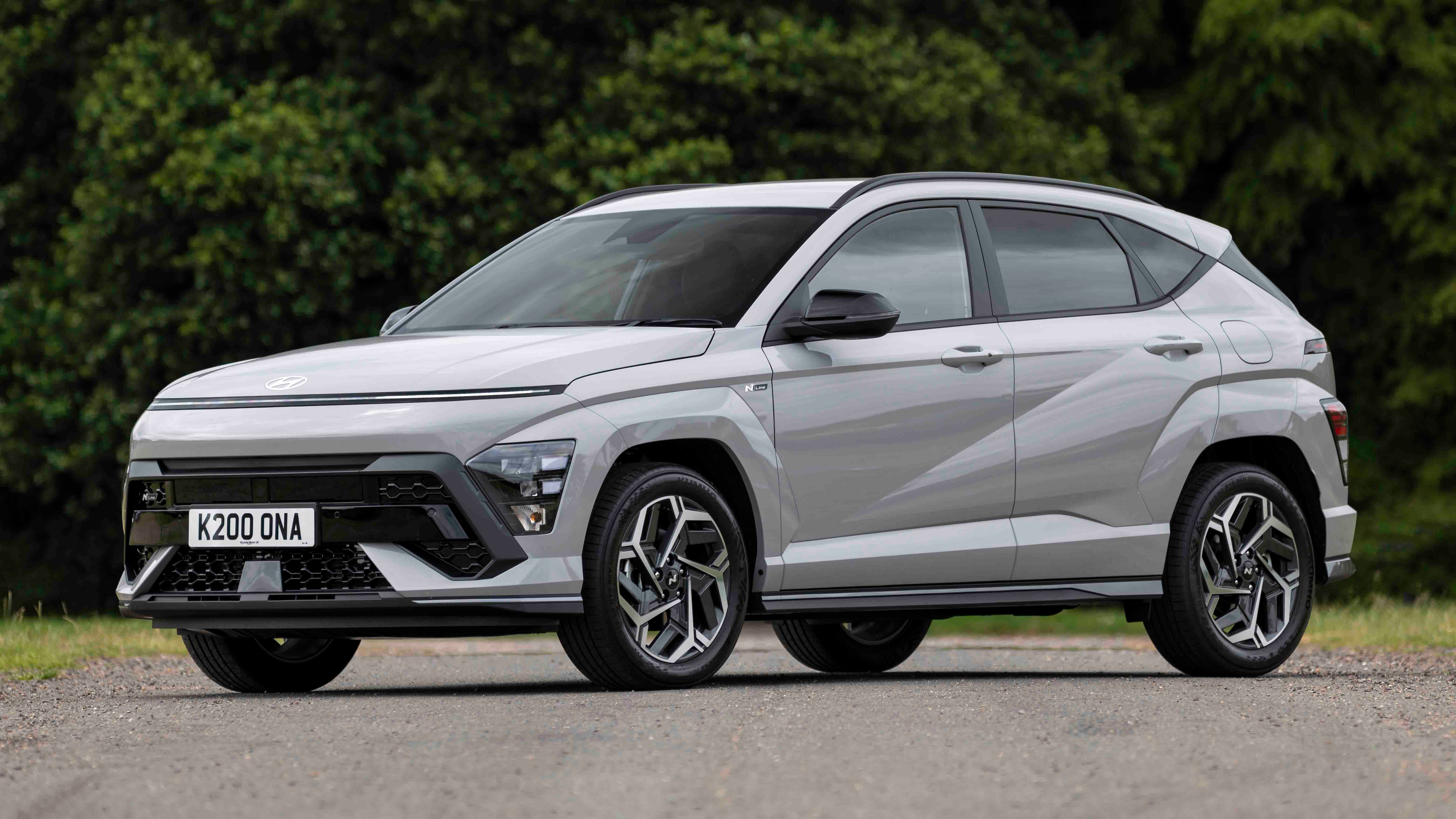

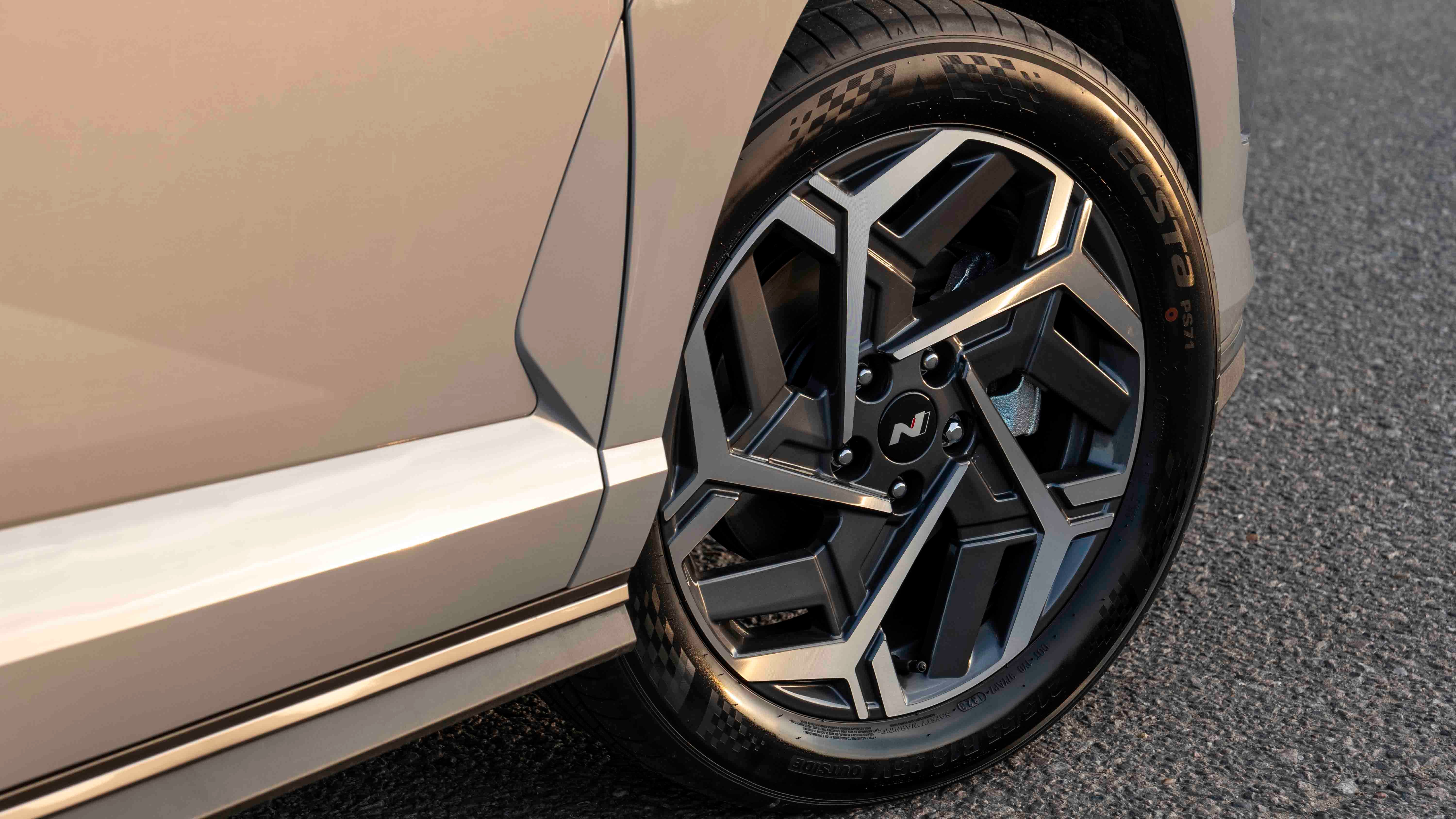
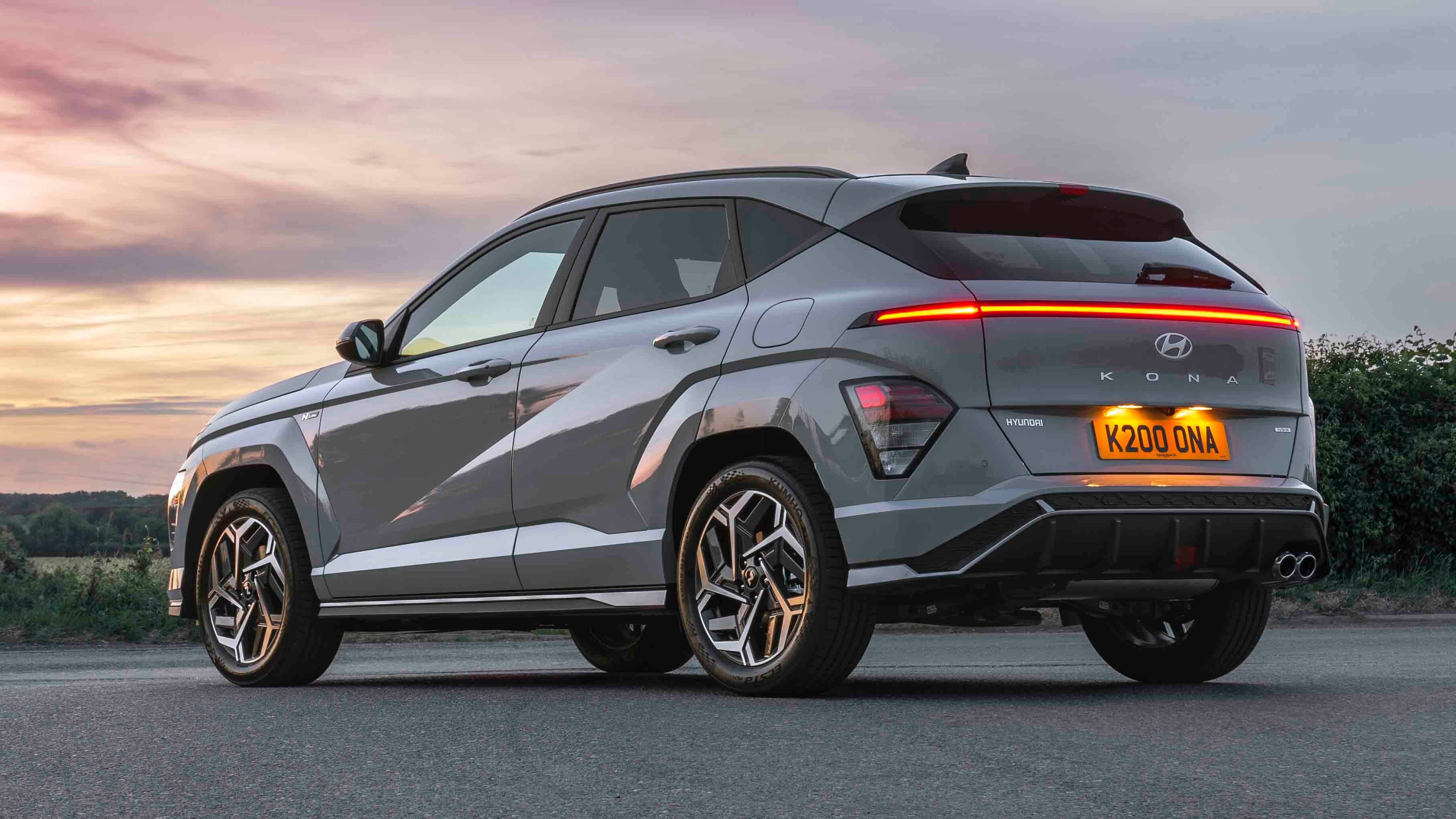
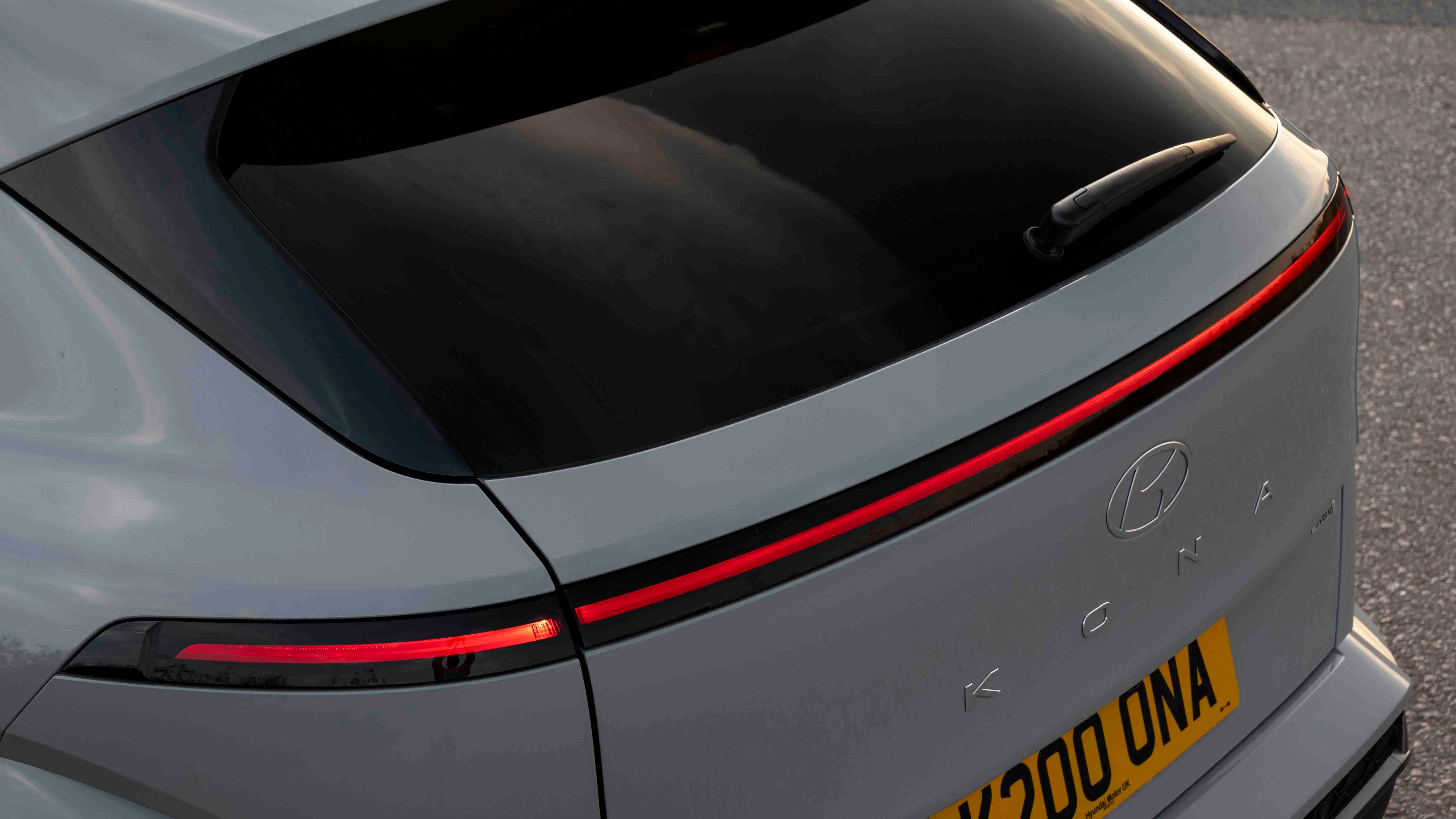
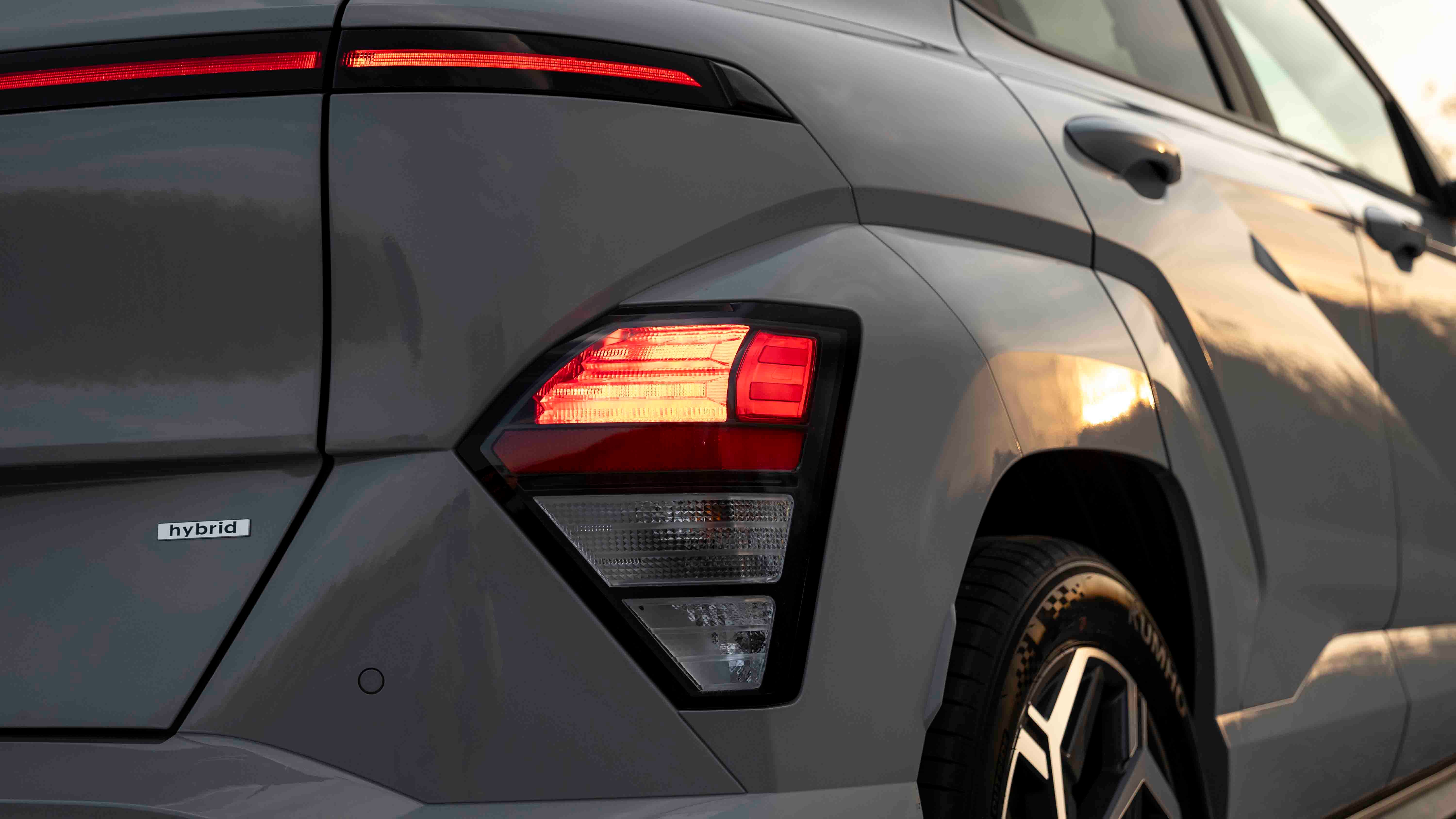

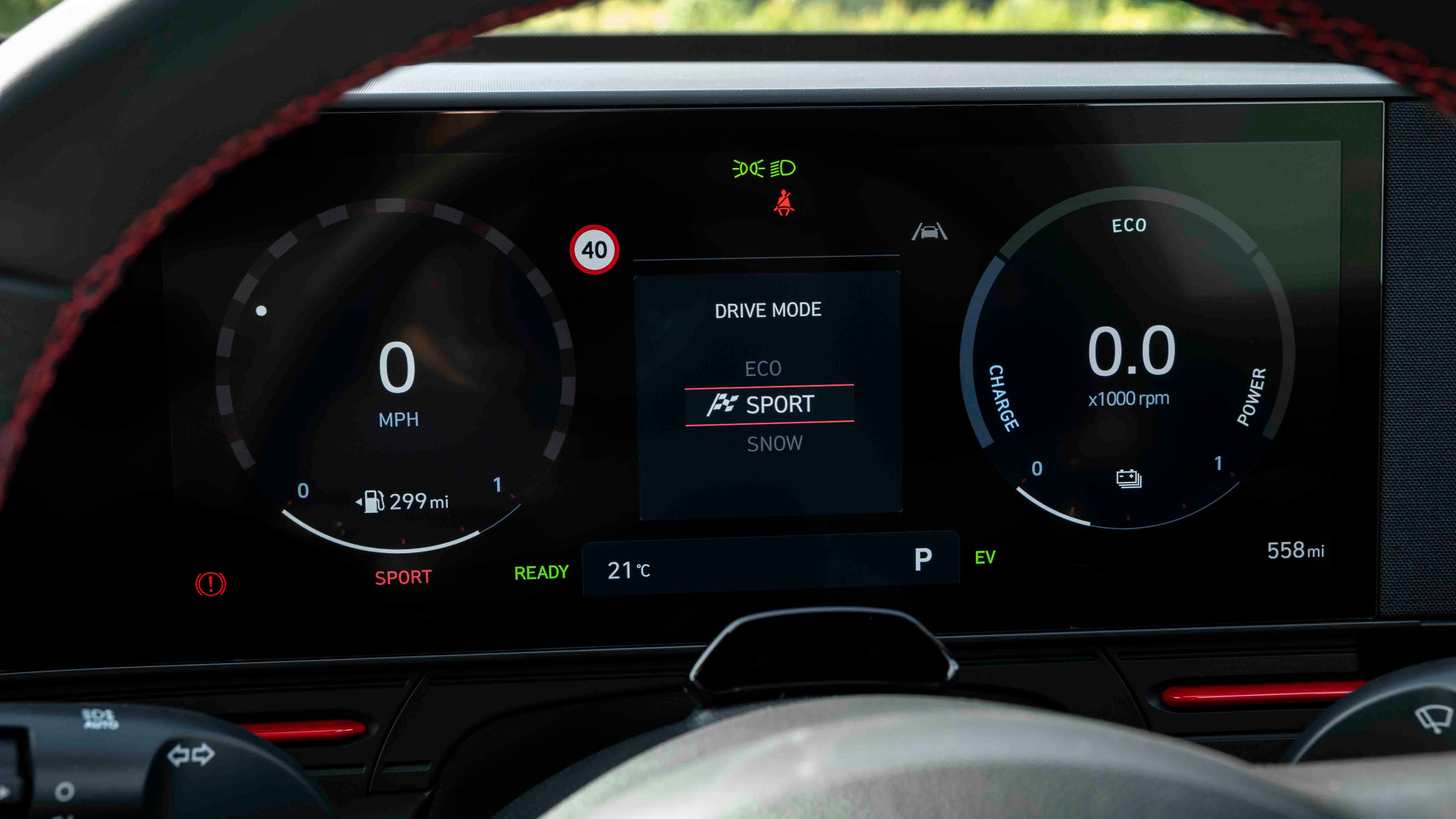
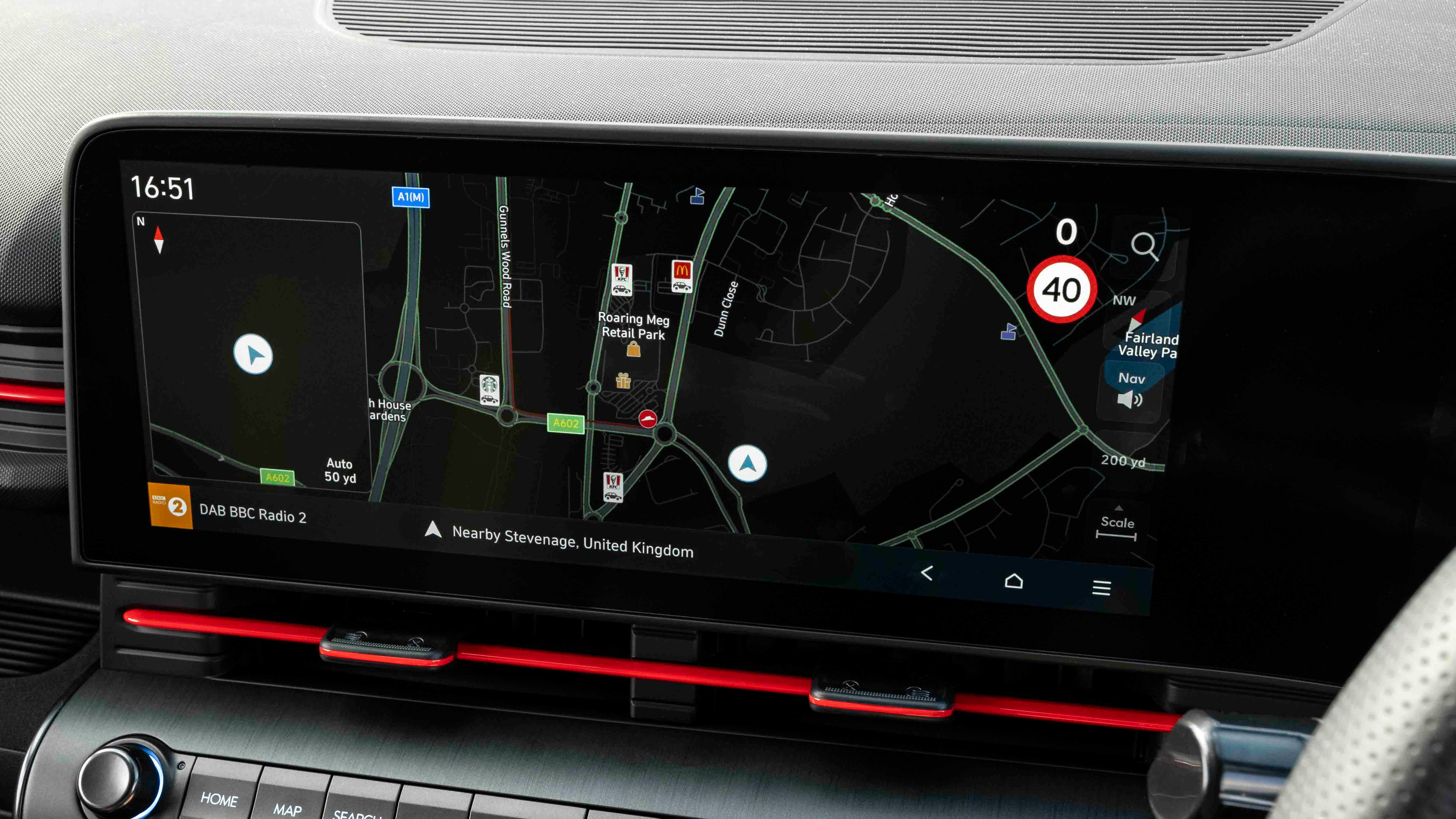
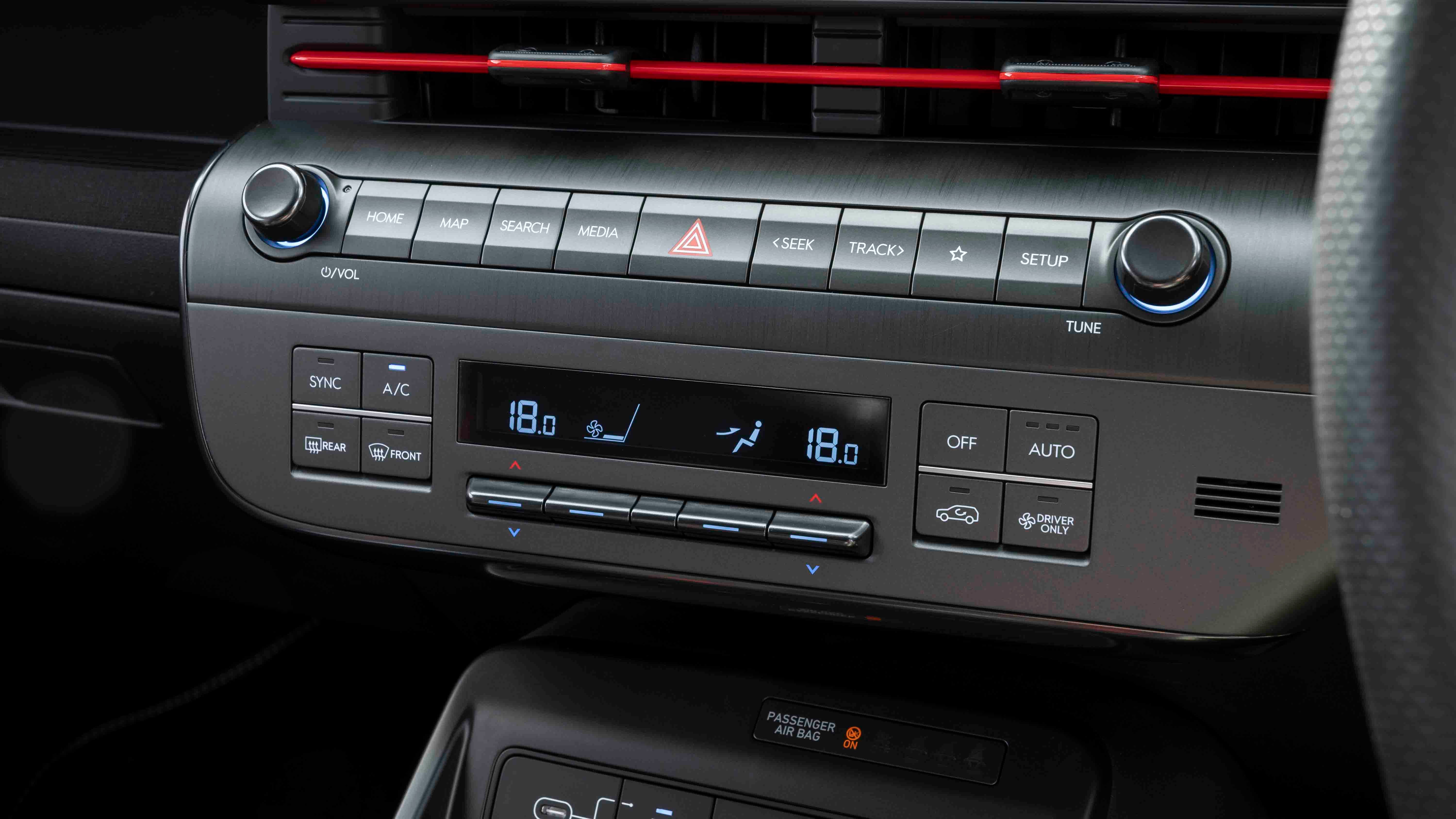
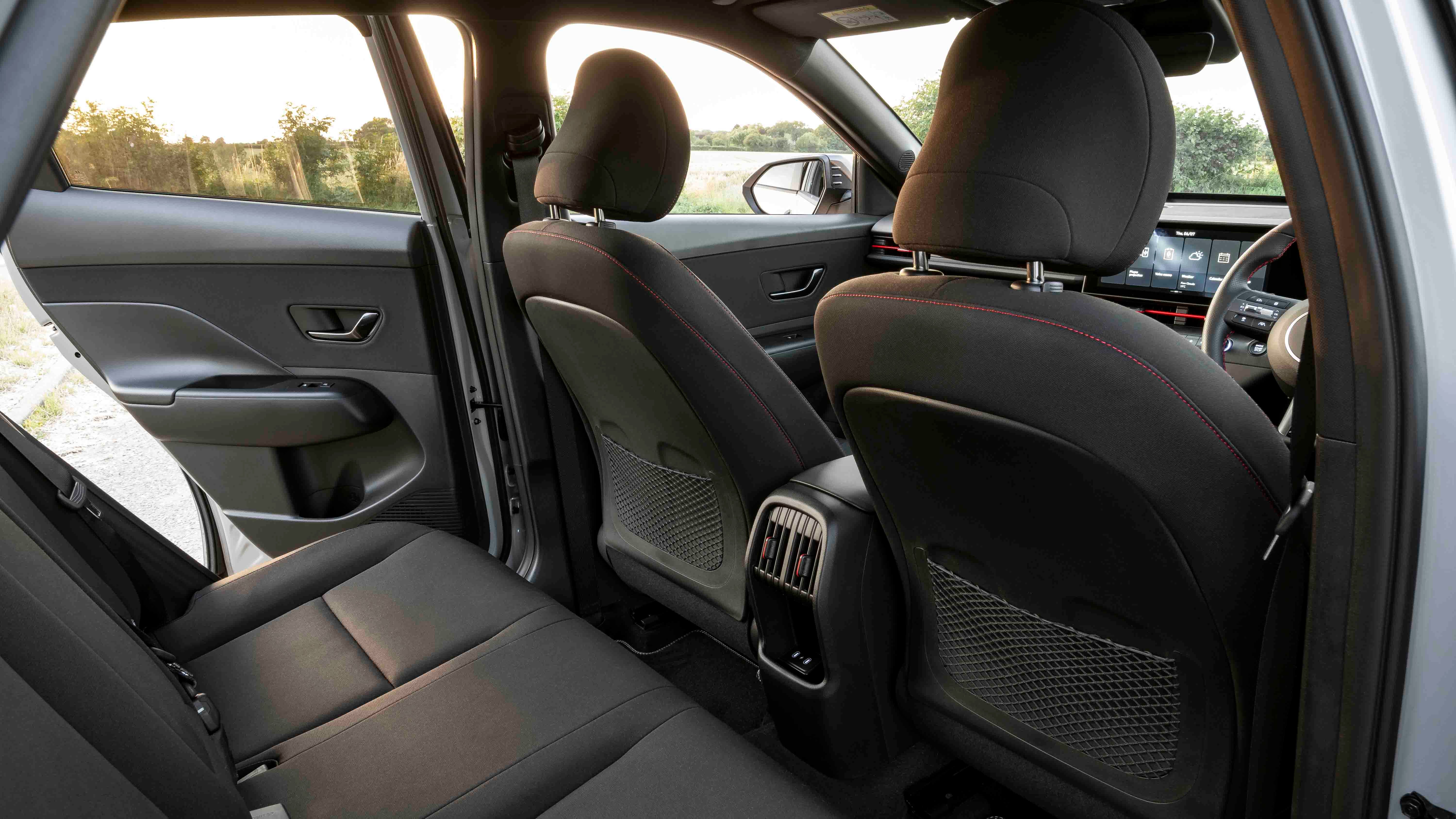
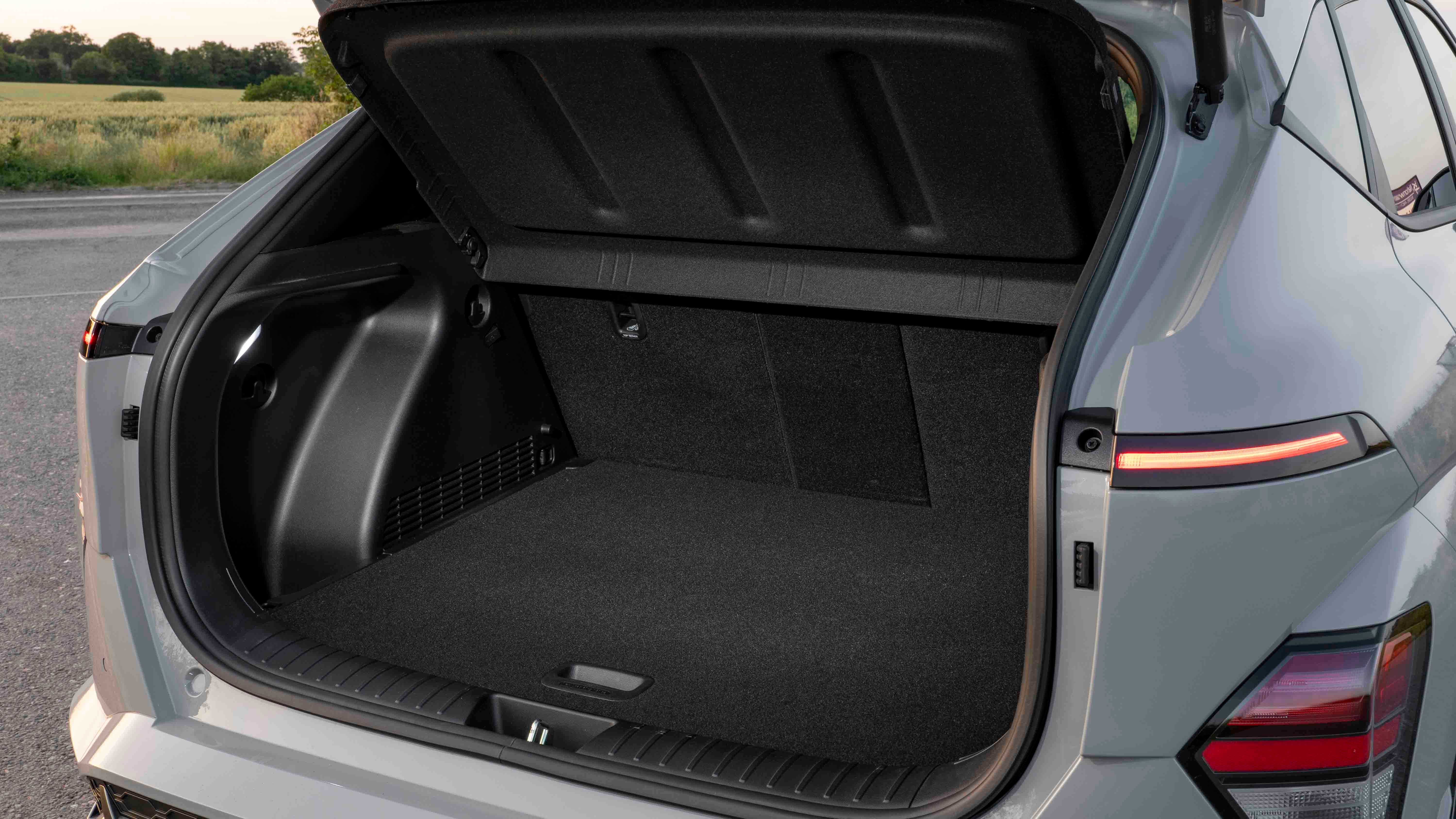
Hyundai Kona Review

With Hyundai’s recent bold styling cues, the new Hyundai Kona was never going to be a wallflower, was it?
But there’s now extra quality to go with the bold styling – which the Kona needs to compete against a new class of hybrid and electric SUVs.
- Much more spacious than before
- Choice of engines and electric options
- High quality interior
- EV fast-charging only average
- Big price difference between petrol and EV
- Underpowered entry-level engine
Should I buy a Hyundai Kona?
In keeping the old Kona’s quirkiness but upgrading everything that didn’t stand up to scrutiny, Hyundai has made a great small SUV.
The bold styling remains – this time seemingly inspired by Robocop and the pixel details of the Ioniq 5 and Ioniq 6 – but it hides a much bigger interior. You’d buy an old-shape Kona in spite of its practicality, whereas this new model offers plenty of rear-seat space and one of the biggest boots in its class.
"Cheaper Hyundai models used to get little more than a radio. The Kona comes with a large digital instrument cluster and touchscreen as standard"
Further forward, there’s a classy cabin that’s also been heavily upgraded from the old car, with more than enough tech to appeal if you feel youthful. Under the bonnet, you’ve still got a broad choice of powertrains – petrol, hybrid and fully electric options are all available.
While the Kona Electric is great, a new example is £6,000 more than a normal petrol one. It’s possible to spec an electric or a hybrid model to over £40,000, at which point you’re paying the luxury car tax for the next five years – and paying well over the odds for a small SUV with a mainstream badge.
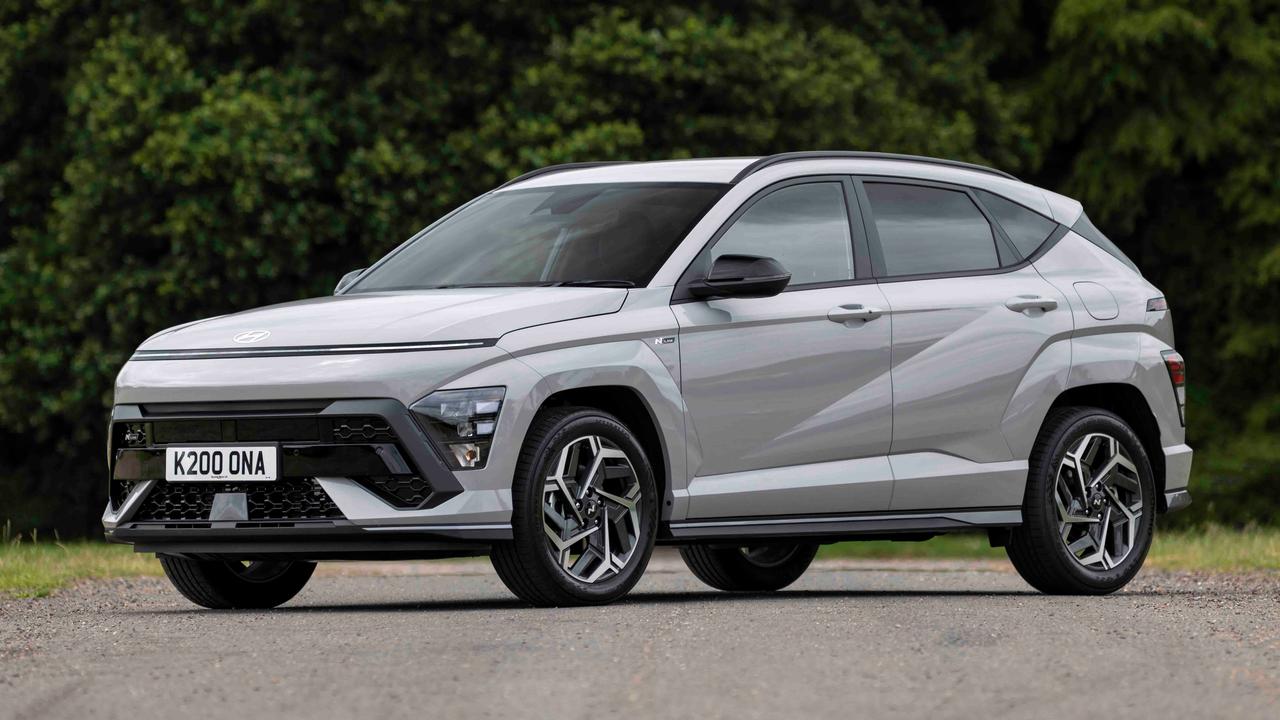
Luckily, there are big discounts on nearly new hybrid and electric models – buy a year-old Kona EV with less than 10,000 miles on the clock and you’ll have saved around £15,000 versus the list price. But, as our guide to electric car depreciation shows, EV residual values flatten out to a similar level to petrol equivalents very quickly – so you don’t need to worry about losing heaps more money.
Hyundai has a great reputation for reliability, which is backed up by a five-year, unlimited-mileage warranty. The Kona is decently safe, too, having scored a four-star Euro NCAP result in 2023 with scores of 80% and 83% for adult and child protection respectively.
Interior and technology
Maybe you’ll be drawn in by the pair of big screens, but the thing that caught our attention is the sheer number of buttons on the centre console. While a number of manufacturers are working to eradicate physical controls altogether, the Kona has stacks of them. It quickly becomes easy to work out where the various features are and make adjustments to the radio or climate control while you’re driving.
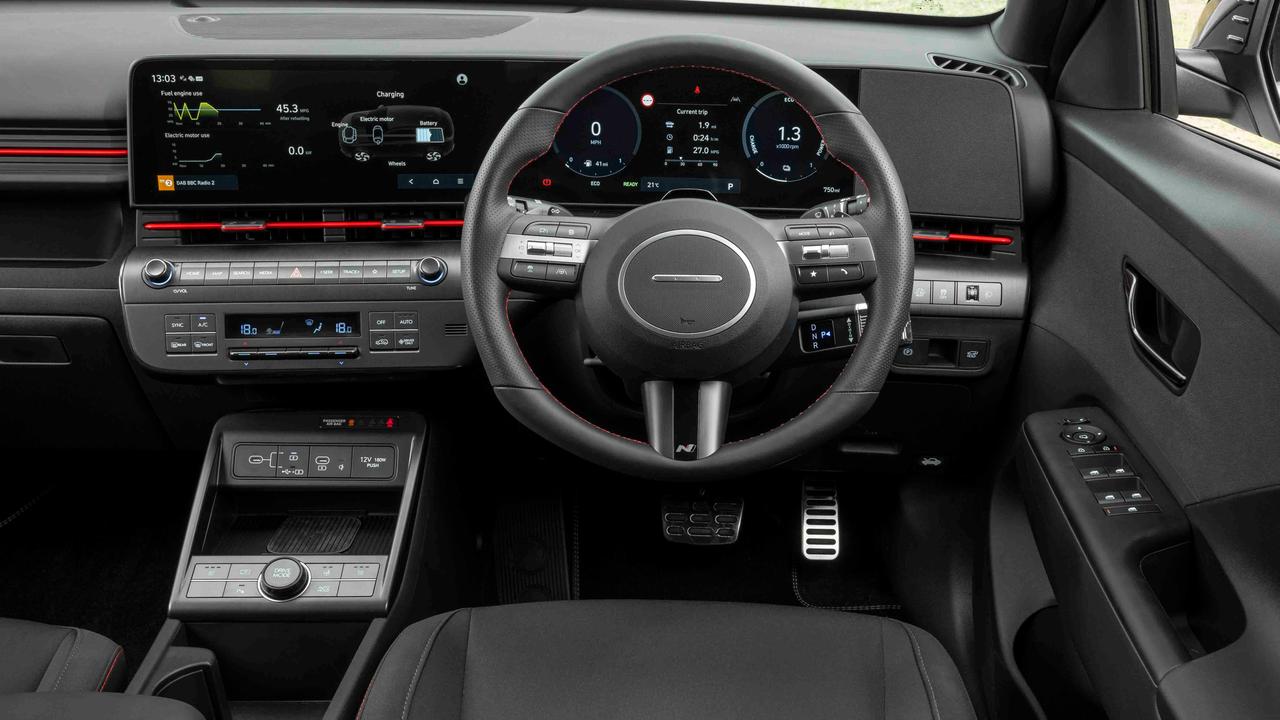
The controls are the best of both worlds – the myriad buttons reduce reliance on the touchscreen, but the screen is really simple to use too. From the home screen, you can scroll across to various sub menus to see headline info at a glance, and tap to delve into the menu for more options.
Improved tech is joined by improved materials, too. Whereas parts of the old Kona’s dashboard felt a bit plasticky – no issue given how affordable it is – the new car has a brushed metal-effect centre console, and a little bit more leather and textured fabrics. Some of the switchgear, such as the automatic gear selector, is borrowed from the futuristic (and more expensive) Ioniq 5 and Ioniq 6.
Practicality
A 150mm increase in length and a marginal increase in width and height means the new Kona finally has the practicality to compete with the class best. The boot space is almost 100 litres bigger than before, and the resulting 466-litre space beats the likes of the Peugeot 2008 and Volkswagen T-Roc.
Rear-seat room is decent enough – not class-leading by any stretch, but worlds better than the old Kona. You’ll find there’s enough headroom unless you’re taller than a totem pole, and a good amount of legroom. Compare the Kona to arguably one its biggest rivals, the Toyota C-HR, and you’ll wonder why anyone would pick the cramped Toyota.
Engines and performance
The Kona offers a choice of two petrol engines, two full electric versions and, between them, a self-charging hybrid. Plenty of choice, which is great for broad appeal but not so great if you’re an indecisive person.
Petrol Konas are the cheapest, and both engine options offer a manual gearbox. The entry-level engine is a 1.0-litre turbo with 100hp, which has the lowest insurance costs but feels a bit strained pushing the growth-spurted Kona around. Above that is an unstressed 138hp 1.6-litre turbo, which nearly matches the smaller engine for fuel economy but brings improved performance.
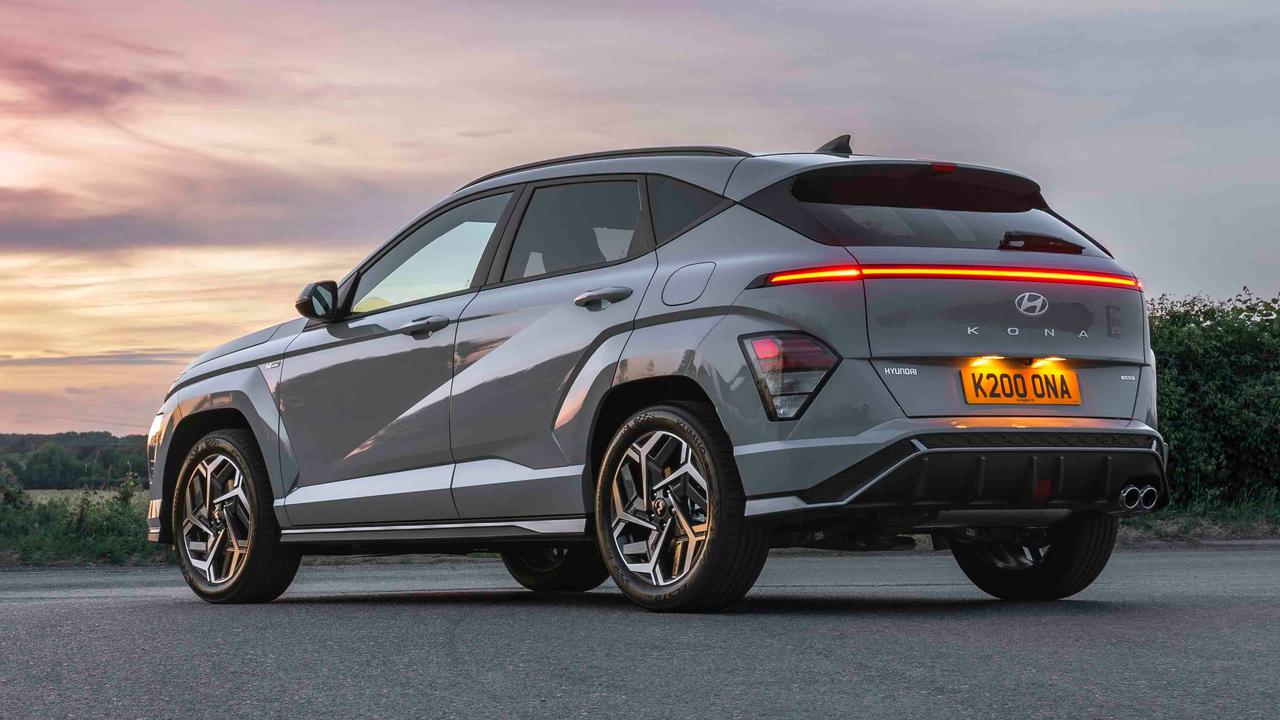
Step up to the hybrid if you’re wanting to slash your running costs but don’t want a full EV. The Kona Hybrid returns 60mpg in mixed driving, and has a conventional automatic gearbox – whereas the C-HR has a smooth but occasionally shouty eCVT. Hybrid Konas will be particularly efficient around town.
Standard Range and Long Range versions of the Kona Electric are available. The range figures are 234 miles and 319 miles respectively – competitive with the likes of the Skoda Elroq and MGS5 EV and means that the Kona should suit all but the highest-mileage drivers. Most rivals offer faster charging, however.
Driving and comfort
Take one look at the Kona’s efficiency-focused engines and you’ll think that it’s not going to be a thrilling driver’s car. That’s mostly true, although the Kona does drive nicely and in a pleasingly tied-down, confident way.
Our electric test car was a tad firm – likely to handle the car’s extra weight versus a petrol Kona – but had good body control. Overall, it dealt with potholes and jolts really well, not feeling uncomfortable whatsoever. The standard petrol engine on small wheels is likely to be even more comfortable.
































